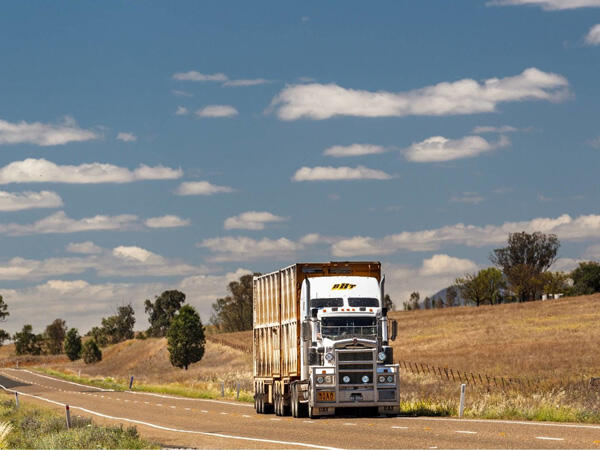
Hydrogen Powered Heavy Vehicle Demand and Infrastructure Assessment
Research designed to investigate the potential hydrogen fuel for heavy vehicle market size and likely first movers.
The research will be undertaken by the Australian Road Research Board and Mov3ment.
Background
Transport for NSW is partnering with Australian Road Research Board and Mov3ment on this research. The research will identify the key segments of the heavy vehicle fleet that are likely to transition to hydrogen fuel technology and provide a roadmap for the NSW government to explore the opportunities this presents. Internationally, hydrogen is gaining market share with many countries heavily investing in the transition to cleaner fuels.
This project draws on the learnings from international trials, builds on international experiences and lays out a pathway for the potential adoption of hydrogen fuel for heavy vehicles in the NSW freight sector in line with the development of a broader NSW Net Zero Emissions Freight Policy.
Many key stakeholders in the hydrogen industry are already located in NSW, including manufacturers of hydrogen fuel cell trucks, and several mainstream transport operators. In addition to these, councils such as Fairfield, Wollongong, and Cessnock city councils have all set aims to establish hydrogen plants in their respective areas.
Objectives
The goal of this project is to investigate and explore viable pathways for the NSW heavy vehicle sector, to transition to a zero-emissions future that leverages the opportunities of Hydrogen Fuel Cell Vehicle (HFCV) technologies. The project will contribute to the current technical understanding, building on international examples and optimising for the NSW environment.
The project will include:
- Collation and analysis of data on the international experience, including state-of-the-industry and planning for hydrogen refuelling infrastructure, new and emerging technology options, and local industry readiness.
- Differentiation of vehicle type and task in NSW to identify market demand.
- An identification of barriers to market adoption, including cost, availability of vehicles, infrastructure constraints, safety, policy leavers and regulations.
- Identify the pathway for the NSW Government to assist early adopters and lay the foundations for the infrastructure necessary to scale adoption in line with the development of a broader NSW Net Zero Emissions Freight Policy.
Updates
Further updates will be provided as this project progresses.
This research is being delivered in partnership with iMOVE CRC and supported by the Cooperative Research Centres program, an Australian Government initiative.
